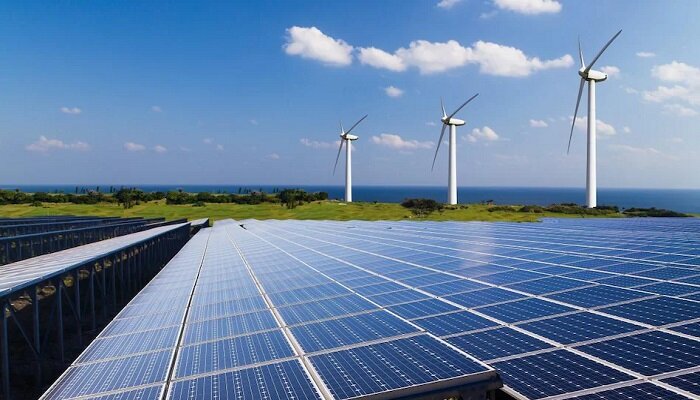According to the Global Energy Monitor (GEM), Latin American countries are set to make significant strides in the race against climate change by launching more than 319 gigawatts of utility-scale solar and wind-power projects by 2030. This capacity is equivalent to almost 70 percent of the region’s current electrical capacity from all sources combined. The region, rich in wind and solar resources, has the potential to become a global leader in renewable energy, making it a standout performer on the renewables front, according to insights.
The proposed projects, which include both planned installations and those already under construction, are expected to expand the current utility-scale solar and wind-power capacity in Latin America by over 460 percent. The region is already witnessing a substantial upswing in renewable energy projects, and the number of planned initiatives suggests further exponential growth in the coming years.
Brazil, being the largest economy in LATAM (Latin America), is leading the way in the green-energy boom with 27 gigawatts of operational utility-scale solar and wind plants and an additional 217 gigawatts set to come online by 2030. The country’s push for clean energy was instigated by a 2012 law that incentivized solar energy, allowing private producers to sell electricity directly to the grid. This move has made it more cost-effective for both individuals and businesses to generate their own electricity compared to buying it from traditional sources.
While there are positive developments in other countries like Chile and Colombia, Mexico, the region’s second-largest economy, has faced challenges in the renewables sector. Despite initially being an early adopter of renewable energy, progress has stalled since 2021 due to energy reforms championed by President Andres Manuel Lopez Obrador, who has favored fossil fuels and sought to revitalize the state oil company Pemex.
Latin America’s potential as a major producer of offshore wind energy has also been identified and the economic benefits of green energy exports have been emphasized, such as exporting surplus electricity to other countries or producing offshore wind energy.
Although renewable energy has seen significant growth globally due to plummeting solar panel and wind turbine prices, the pace of transition needs to accelerate to meet the Paris climate accord’s goal of limiting global warming to 1.5 degrees Celsius. Major energy consumers like North America, Europe, and China have been urged to follow Latin America’s lead in embracing renewable energy to combat climate change effectively.





































